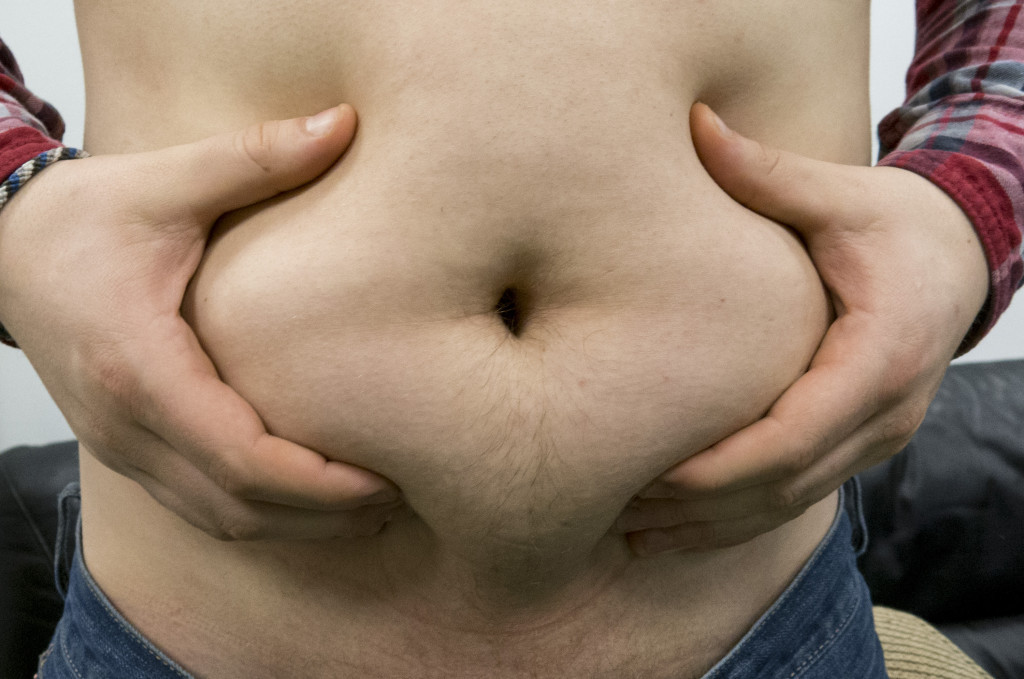
Tips on lowering your risk of contracting type 2 diabetes
By Sonia Panesar, Contributor
It was more than 3,500 years ago that physicians noticed that people started to produce urine that had a sweet scent to it—Indian physicians at this time called it “honey urine,” and the disease was also noted by ancient Egyptians in 1500 BCE. What was one of the earliest-documented diseases is now known as diabetes, and it currently affects over three million Canadians.
Diabetes is a disease that develops when your body stops producing the pancreatic hormone insulin, or when your body can no longer make use of the insulin you produce. Insulin, which controls your body’s blood sugar, does not directly enter your cells. It enters your blood stream and gets excreted in your urine. When your blood sugar rises, your body experiences several complicated problems, some which take years to develop. When your blood sugar is high, it makes your blood sticky. This stickiness sets off several biochemical reactions. High blood sugar produces unstable oxygen molecules which damage blood vessels by clogging them with fatty deposits known as atherosclerosis. This leads to heart disease, kidney failure, eye problems, and a nervous system condition known as diabetic neuropathy.
There are two types of diabetes. Type 1 diabetes is typically found in children or young people. Those with this type of diabetes don’t produce their own insulin and therefor have to inject themselves daily with the hormone for survival. Type 2 diabetes, also known as adult-onset diabetes, happens when your pancreas produces insulin but your body cannot make use of it properly. Scientists think that diabetes is caused by an autoimmune disease that makes your immune system attack your own body cells—in this case, the pancreatic cells that produce insulin. The most common symptoms are thirst, excessive urination, and sweet smelling urination.
Type 2 diabetes accounts for 90 per cent of all diabetes cases in Canada. The causes of this form of diabetes are lack of exercise and a poor diet; a diet low in fibre and high in sugar, animal products, and fat have been shown to increase the risk of developing this type of diabetes. It usually goes undiagnosed, and many people who have type 2 diabetes don’t show any symptoms and may not be aware that they are at risk for other health complications related to their diabetes.
Living with diabetes is complicated. People with type 1 diabetes usually have to inject themselves with insulin at least eight times a day. Diabetics have to get their blood sugar levels tested on a regular basis, with the aid of a home blood sugar monitor. Regular exercise and a strict diet can lessen the symptoms of type 2 diabetes, and in some cases, patients are able to get off their medication with proper care.
There are ways to keep your body healthy and free of the risk of diabetes. Maintain good nutrition by eating a lot of foods which are antioxidant-rich and full of fibre; try consuming a lot of soy products, which have been shown to lower cholesterol; and make sure that your diet contains minerals such as magnesium and zinc, which can prevent diabetes. The Canadian Diabetes Association recommends a nutritious diet, weight management, exercise, and stress avoidance to prevent the risk of developing diabetes as an adult.

